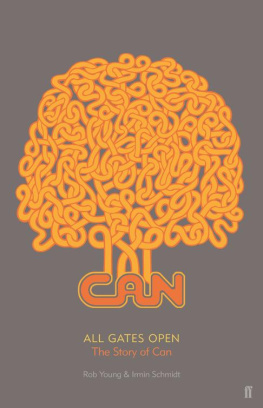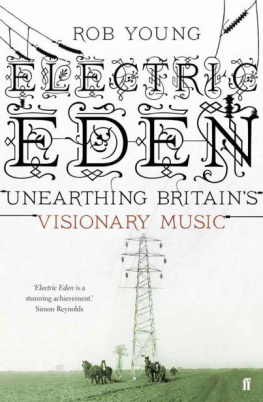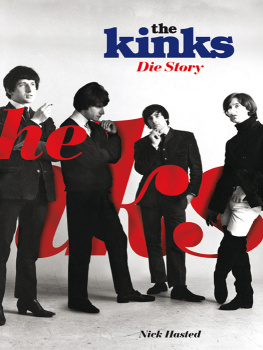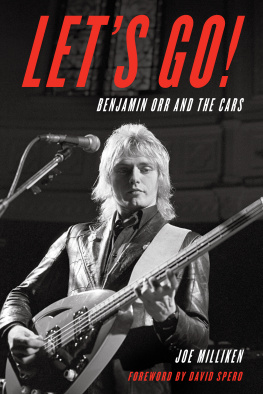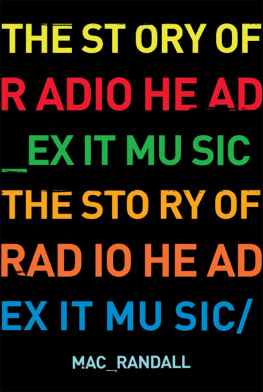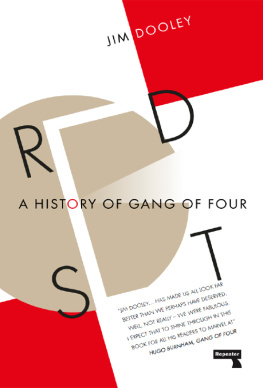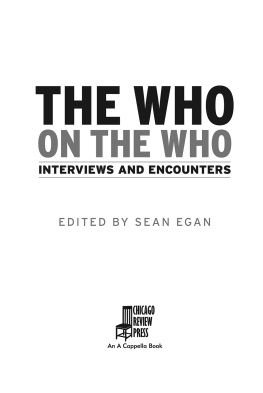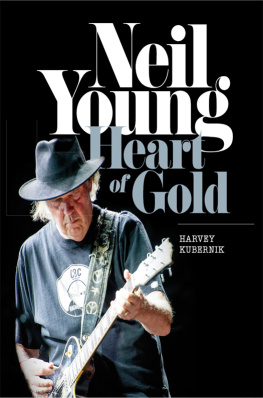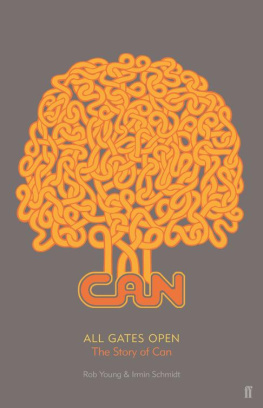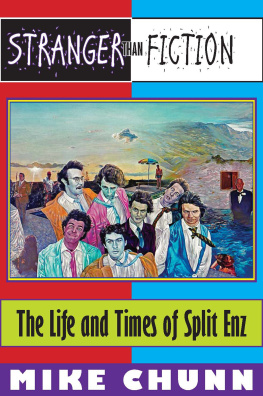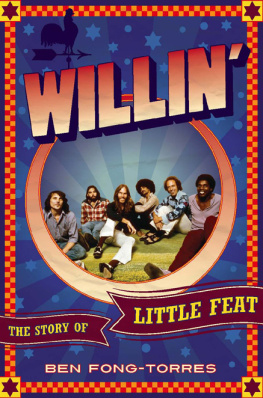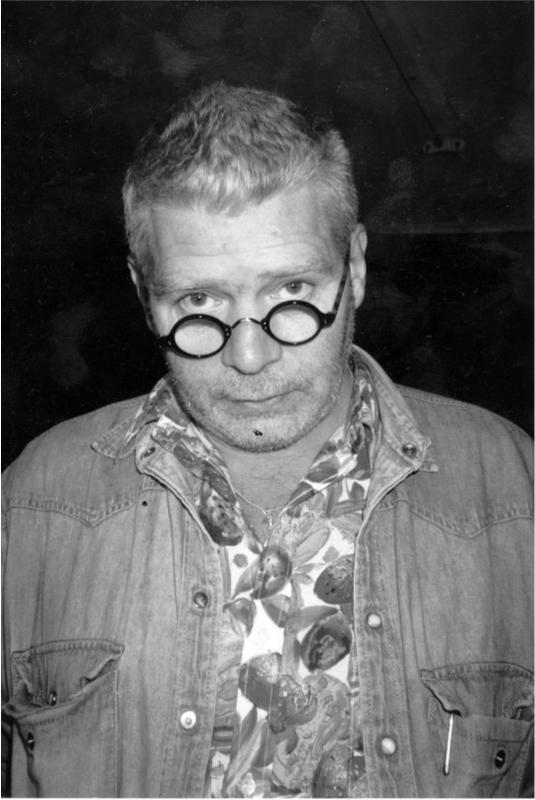Dreams Seen by a Man-Made Machine
(PROLOGUE)
Can Studio, Weilerswist, February 1997
Its the mattresses that strike you first. There must be scores of them, fixed to these walls, floor to ceiling. And the ceiling is a good eight metres above our heads.
The entrance to the space Im standing in a former cinema with its seats ripped out still retains its ancient ticket booth, with paper-stub dispensers and empty glass display cases where once snacks and memorabilia were on show. The price list, in Deutschmarks rather than euros, still hangs on the wall. Built during the forties, half a century ago the cinema would have seen the small population of the village of Weilerswist gathering for the weekly newsreel compilation of Nazi propaganda. But no longer. A quarter-century after the surrender of German forces, with the art of cinema having transformed itself from wartime black and white into colour, Technicolor, Cinemascope, business finally dried up thanks to the encroachment of the television as the prime source of family entertainment.
In the autumn of 1971 a very different invasion occurred in this quiet village, a half-hours drive south-west of Cologne. A group of five musicians collectively known as Can were planning to build themselves a new musical laboratory and recording studio under the roof of the abandoned Kino. In fact, the group were at that moment about to hit the national spotlight themselves, precisely because of television. The very first recording they made in this studio, which they named Inner Space, was a track called Spoon, and it was a response to a commission from the WDR television company to provide a theme tune for Das Messer, a popular TV detective series in West Germany at the time. Boosted by the success of the show, the track was released as a single and reached the West German Top Five in late 1971.
One of Cans first acts in the new space was to sound-insulate the walls with mattresses auctioned off by the local German army base. The drummers girlfriend covered them with a layer of painted and embroidered sheets. Decades later, it all hangs there still. I can feel something uncannily different about the air in this space. There is an incredible, viscous silence hovering like some etheric putty waiting to be squidged and stretched by sonic vibrations. The ceiling is high, the floor is original wooden parquet and the mixing desk is down at one end, not separated off in a soundproofed chamber as in most conventional studios. Its built into a massive wooden frame, like the bridge of some colossal steamboat. A door at one side leads to a small garden that backs onto some incongruous allotments. Its a weird mixture of time capsule and functional, state-of-the-art music workshop.
*
Its 23 February 1997, twenty-six years after the group first moved in, and I have penetrated this Inner Space, trying to pick up echoes of its former life, like some NASA monitor scanning the deep galaxy for extraterrestrial ghosts. And there is indeed a palpable presence here. Cans instruments are still arranged in the space: amps, guitars, drums, a collection of vintage analogue synths, modern digital keyboards and a grand piano.
As they pose for photographs in front of four amplifiers the size of a person, the remaining core members of Can are wearing shades and are clad in black save, that is, for the most visibly eccentric of the quartet, bassist and sound engineer Holger Czukay. This moustachioed fifty-nine-year-old is wearing a baggy black and white houndstooth suit and patent leather shoes, topped off with a black baseball cap. Holger also wears an almost permanent sardonic grin, a Cheshire cat who looks on the world as his creative playground. With his dark stubble and intelligent eyes, Irmin Schmidt is statesmanlike, solidly grounded. Jaki Liebezeit, one of the most tack-sharp drummers on the planet, is friendly but reserved in conversation, with minimal recall. The bags under his eyes speak of countless long nights, but the eyes themselves are wide and fully alert. Guitarist Michael Karoli, by ten years the youngest, with grey hair trimmed to a buzzcut thats starting to grow out, charms me during a forty-five-minute interview with his quiet, reverent intensity, speaking in a wistful near-whisper of how he still loves to dance. The soft, raptured tones of his voice convey a lightness of being borne with confident grace.
Naturally, as members of a group that broke apart in 1978, but who have remained bound together through its legacy ever since, they all speak of things that are happening right now. Jaki seems least interested in revisiting the past. Hes more keen to discuss his new method of drumming, from which he has removed all cymbals and kick drums, focusing only on a series of tuned tom-toms, played according to a system he claims is mathematical and based on the earliest rhythmic forms used by primitive man. Michael is rhapsodic about his former group, though he discusses it in terms that are more abstract than specific. Irmin has a clear agenda of topics he wishes to get across, most notably Cans phoenix-like rise from the rubble of a broken post-war Germany, and the fights and struggles that gave birth to the groups music. Holger roams over both the history of Can and his current enthusiasm for and collaborations with Colognes electronica/techno scene. He clearly believes Can had miraculous properties and leaves you in no doubt that some of his most significant musical experiences were had during its time.
At the time, I was writing the story for The Wire magazine. A couple of years later, I was invited by Hildegard Schmidt Irmins wife, and Cans manager since the early seventies to contribute to a book she was putting together on Can. My brief was simply to write a short piece of text on each album in the bands back catalogue, and she was keen to stress that I was not expected to like them all. I should feel free to criticise wherever I felt it necessary. I quickly realised that Can was its own best (or worst) critic: the groups official line was broadly in agreement with the general opinion out there that its best years were the first five or six, with a fairly rapid decline in reliability and quality from 1975 onwards.
I continued to write about Can over the following years: a Guardian or Uncut article here, an interview with an ex-member there; reviews of remastered and reissued recordings elsewhere. One memorable evening I found myself with Irmin, Hildegard, their daughter Sandra and her partner, the British musician Jono Podmore (who would later take in hand the business of remastering and un-archiving Cans back catalogue), in the private dining room of Londons Groucho Club, with Irmins increasingly gravelly baritone sinking deeper into a discussion of Germanys existential fate. At an adjoining table, U2s Bono, of all people, was holding court with friends and family, bursting into song.
In the course of writing this first extensive narrative biography of Can, I have reconnected with all the remaining founder members and other musicians and vocalists who passed through Can down the years, and have tracked down various of their friends and music-industry associates, both in the UK and mainland Europe. I have gone back to original sources in the music media at the time Can was active, including the music press in Germany and France, where the group was particularly well received (I take the credit or blame for all translations). In this way, retrospective interviews are complemented by quotes from the group in the midst of its lifespan. Most important of all, I have revisited Cans entire musical legacy, willingly immersing myself in the official canon of albums, the compilations of unreleased material that have appeared piecemeal over the years, and the relatively extensive array of bootleg recordings and video clips that have surfaced in various unofficial channels. I also took pains to watch as many as I could find of the films and television programmes for which Can made soundtracks. This process was Cans main source of income in its early years, and an important influence on the groups approach to editing tape, though the films mostly German productions have rarely been discussed in articles on Can and have almost never been screened outside Germany. This book contains the most extensive discussion of Cans film work to date; in certain respects, the process of shooting and editing film is a useful tool for understanding how Cans music got made.

